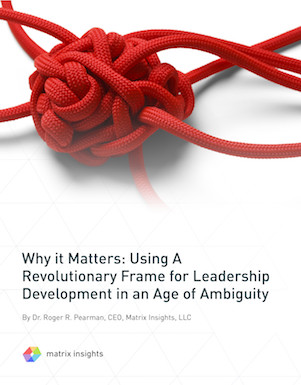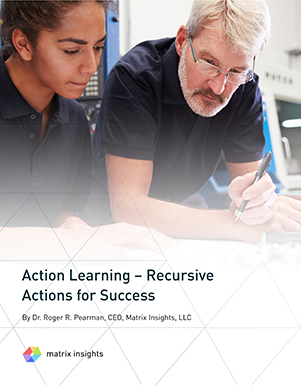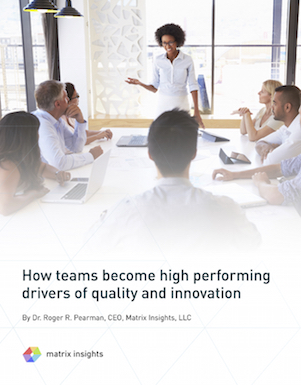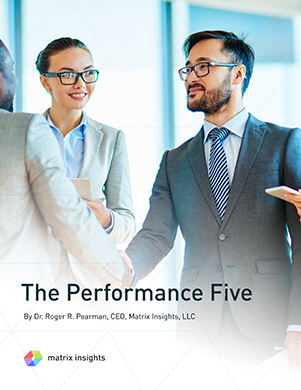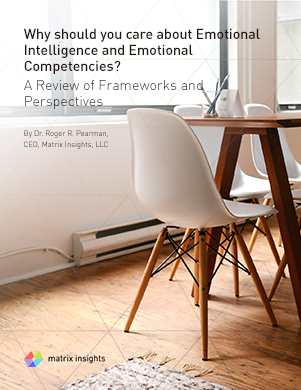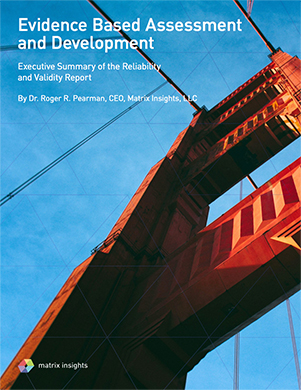
Robert Kegan and Lisa Lahey—two of the most important thinkers in learning and development today—pose this incisive question:
"In the age of the internet, how much longer will we settle for an IBM Selectric™ culture at work?"
This compels us to reflect on the use of scientific knowledge in creating learning and development initiatives in a digital age. Since the 1970s, science has consistently shown that learning is hardly achieved through an expert standing in front of the learners and regurgitating insights. Yet, the vast majority of learning events in organizations are time bound, expert focused, and abstract..
